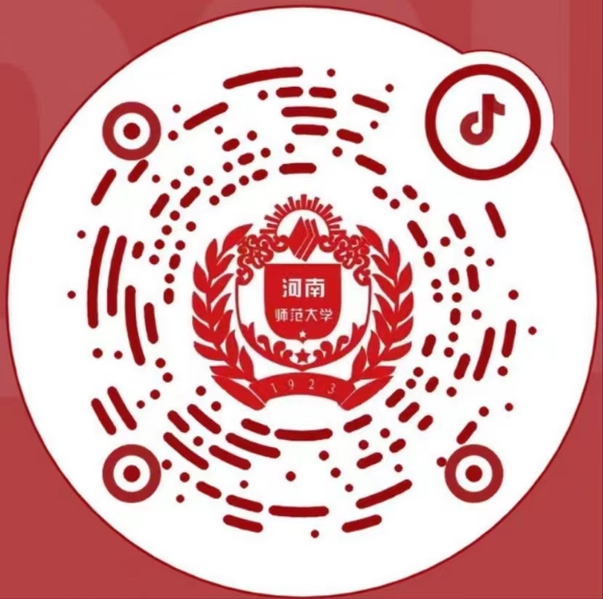
Recently, Associate Researcher Chen Haohua, a young teacher from the National Key Laboratory of Innovative Drugs for Antiviral Infectious Diseases at HNU, and Professor Li Yang from Chongqing University have achieved significant progress in their collaborative research on the precise construction of highly strained para-cyclophane drug scaffold molecules. The research findings were published in the international journal Nature Chemistry under the title “Synthesis of highly strained para-cyclophanes via ring-expansion [5,5]-sigmatropic rearrangement reaction”.
The para-cyclophane scaffold, as a special class of macrocyclic compounds with a 1,4-disubstituted benzene framework, is widely present in natural products such as vancomycin (the “last line of defense” of antibiotics) and bioactive molecules. However, traditional ring-closing synthesis strategies face severe challenges when constructing highly strained para-cyclophanes. These challenges include the requirement for high dilution conditions, the tendency to undergo intermolecular dimerization or polymerization side reactions, and the difficulty in precisely controlling the ring strain. In response to these challenges, Associate Researcher Chen Haohua and Professor Li Yang collaborated to develop a new strategy for the efficient synthesis of highly strained para-cyclophanes through an N-arylation-ring-expansion [5,5]-sigmatropic rearrangement reaction. By leveraging the cooperative reaction between cyclic tertiary amines and aryne
intermediates, an eight-atom ring expansion was achieved in one step, successfully constructing 1,4-disubstituted benzene ring units with significant angular distortion. This ring-expansion rearrangement strategy breaks through the bottleneck of traditional synthesis of highly strained para-cyclophanes and provides an efficient platform for constructing complex three-dimensional drug molecules.
Paper Link: https://www.nature.com/articles/s41557-025-01878-w
(Chen Haohua from National Key Laboratory of Innovative Drugs for Antiviral Infectious Diseases)


 2025-07-31
2025-07-31



